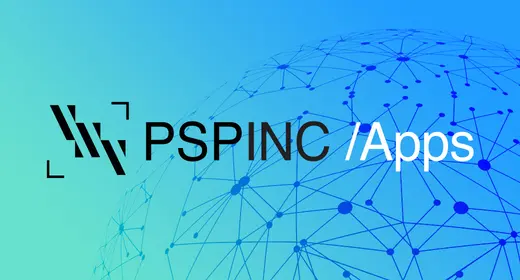
Within the last few years, personalization has become a higher priority in marketing efforts, as many customers expect it on some level nowadays. In fact, a 2021 report from Mckinsey & Company found that 78% of consumers are more likely to purchase from a brand more than once if they personalize their marketing efforts. They also found in that same study that 70% of consumers not only expect personalization but are also frustrated when they don’t find it. As a result, 62% of consumers in 2022 reported a brand would lose their loyalty if they don’t get a personalized experience, an increase of 17% according to Twilio’s 2022 State of Personalization Report.
It could be as simple as referring to users’ first names in an email or customer support call or as complicated as targeting and retargeting users that would most likely be interested in what you have to offer them based on their search history. For companies with physical storefronts, one personalization marketing effort could include location-based marketing. As the name suggests, location-based marketing targets potential customers based on their physical location to capture potential customers at the right place at the right time with the right message.
Types of Location-Based Marketing
There are five different types of location-based marketing:
1. Geotargeting
Geotargeting targets users based on IP addresses, usually connected to a potential customer’s mobile device. The most popular example is Google’s search results. For example, if you search for “grocery store”, Google will use your device’s IP address to show you results of grocery stores currently near you.
2. Geofencing
Instead of IP addresses, geofencing uses GPS technology to target users. Once a target customer crosses a pre-defined border, they receive a message via a text message or push notification on their device. This is an ideal method for advertisers looking to target people in a specific area in real-time, getting potential customers right when it matters.
3. Beaconing
This approach uses beacons, or radio transmitters that emit signals towards a specific position. Advertisers place these beacons in a specific spot to connect with devices connected to Bluetooth or Wi-Fi to target users. Once these users enter a designated area, it’ll signal to the beacon and users will get an in-app or email notification. Unlike geofencing, users have to opt-in and enable Bluetooth for advertisers to send content to their device, which personalizes the experience for users while also respecting their potential privacy concerns.
4. Mobile Targeting
Mobile targeting refers to ad platforms like Google Ads that let advertisers target users directly based on their mobile devices. While Google Ads can target users based on a variety of different devices, including desktop, tablet, or mobile, we’ve found that mobile users generally make up a large portion of overall users on Google’s display network.
5. Geoconquesting
Geo-conquesting, while it uses GPS technology like geofencing, aims at diverting potential customers from your competitors. It works just like geofencing except instead of creating a border around your storefront, geo-conquesting consists of setting up a perimeter around your competitor’s location.
For example, Burger King used this method to their advantage in 2018 when they promoted their app to people who were within 600 feet of a McDonald’s store. For those customers, Burger King not only promoted their app, but also advertised a limited offer for a one-cent Whopper.
For businesses, especially those with physical locations, looking to further personalize their marketing efforts, you may want to look into location-based marketing tactics. And for those looking for more digital marketing help, we have plenty of experts who’d be happy to help!
| Pacific Software Publishing, Inc. 1404 140th Place N.E., Bellevue, WA 98007 |
| PSPINC Creates Tools For Your Business |
| Pacific Software Publishing, Inc. is headquartered in Bellevue, Washington and provides domain, web, and email hosting to more than 40,000 companies of all sizes around the world. We design and develop our own software and are committed to helping businesses of all sizes grow and thrive online. For more information you can contact us at 800-232-3989, by email at info@pspinc.com or visit us online at https://www.pspinc.com. |
 An all-new multi-service login for your PSPINC web apps!
An all-new multi-service login for your PSPINC web apps!
 Request a quote for Custom WordPress Design
Request a quote for Custom WordPress Design

.png)
















